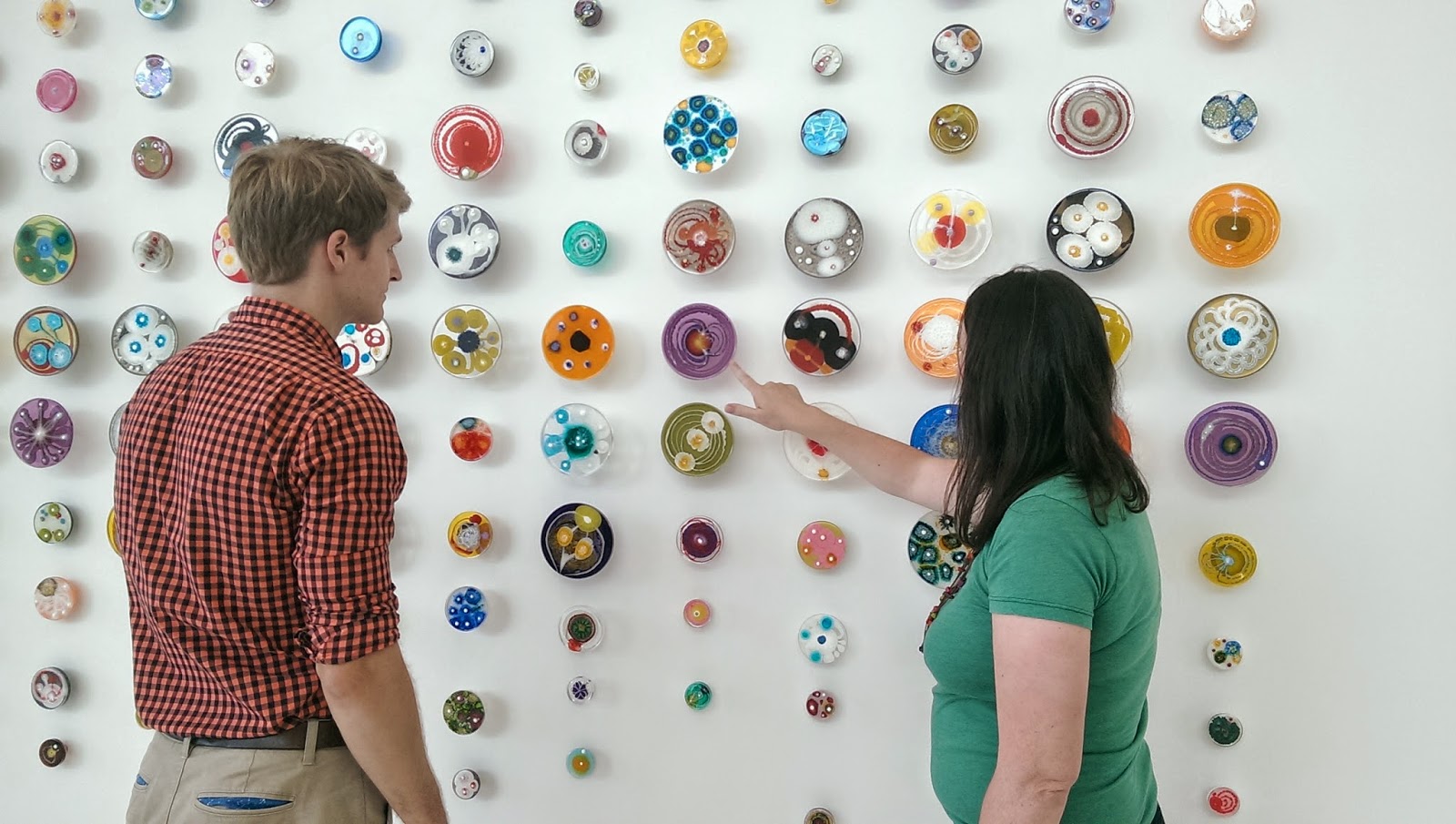THE JOURNAL
May 31, 2014, Vol. 110, No. 107
www.upstatetoday.com
Reprinted with permission of the author and photographer.
CLEMSON – The City of Clemson has made tremendous strides in recent years with its focus on art, specifically through the work of the The Arts Center.
Clemson University also has a rich arts history of its own, through its arts department on campus as well as the Lee Gallery. But officials are expanding those efforts even further through its emphasis on public art.
Recently, Clemson University students Brittany LaMont and Stephen Farrow discussed that initiative during the annual Clemson State of the Arts Luncheon held in the Community Meeting Room at City Hall. The pair discussed Atelier InSite, a Creative Inquiry group tasked with bringing public artwork to Clemson University.
Atelier InSite is an umbrella that shadows over public art projects at Clemson University. Atelier is a French word that transitions to mean workshop or studio and applies the atmosphere generated within the creative inquiry groups dedicated toward the installation and development of public art.
“The vision is to establish a new paradigm to implement site-specific public artwork on campus,” LaMont said. “The latest is to have students decide what arts come to campus.”
She said the mission is to fully examine and research the nature of Site-Specific Public Art, providing critically considered and appropriate artwork for new campus projects. The effort is guided by a reflection of the internal programming of the buildings, relation to the buildings aesthetic and spatial properties, intellectual engagement, determination through inclusion of the people involved and the safety of others.
In August 2012, half of the construction budget of the Life Science facility ($160,000) was applied to the implementation of public art and development of the first CI course and recruitment of Art and Life Sciences students. That was followed in the fall of 2012 by the development of course and pedagogical groundwork for site-specific art and conception of the first site-specific commission; the spring of 2013 saw the facilitated dedication of the Life Sciences facility and selection of San Francisco artist Klari Reis among 218 initial applications for the first commission for the Life Sciences facility.
 | ||||||
| Attaway, left, and Powell in front of San Francisco, CA artist, Klari Reis's installation. [photo by Brittany LaMont] |
LaMont said art venues on the Clemson University campus would serve to compliment tourism in the state and bring out-of-state visitors to South Carolina, locally showcase artists of regional, national and international reputation and provide a thought provoking and engaging work to view. A total of 850 million people visit art venues in the United States each year while 483 million people attend professional sporting events and theme parks combined.
Updates on Lee III and the Watt Family Innovation Center and their role in art were also provided during the presentation. Lee III is a 55,000-square-foot expansion dedicated to architecture, art and landscape architecture; will be a highly sustainable building, with a net-zero environment in which it will produce as much energy as it consumes; and that more than 250 applicants have submitted requests for quotes for the project and that the selection of the artist is in progress.
The Watt Family Innovation Center, in which LaMont said construction has just begun, will consist of a three-story, 40,000 square foot intellectual center. Charles Watt, the man for which it has been named, said the center would be a place “to demonstrate and enable education, discovery and innovation.”
LaMont said the overall hope is to provide artwork that is unique and well rounded.
“Art doesn't necessarily have to be pretty, but interactively engaging,” she said.
goliver@upstatetoday.com | (864) 973-6687
Follow on Twitter@journalgo
